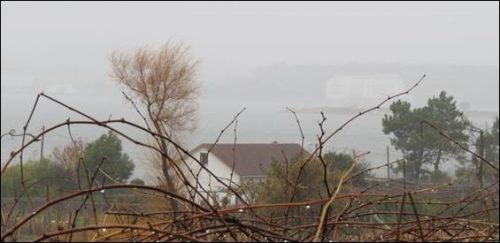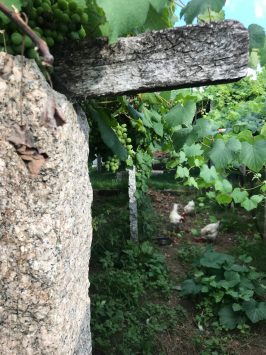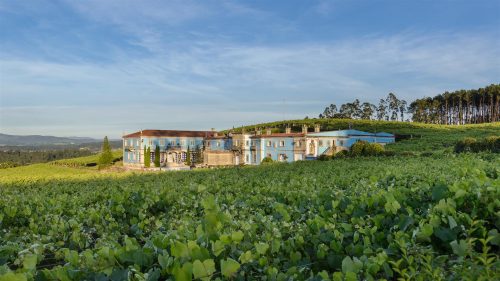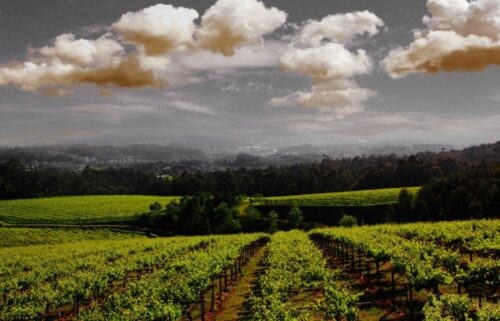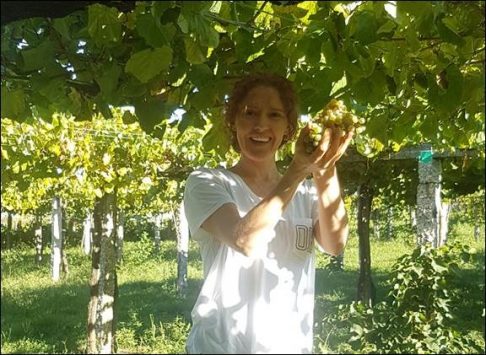REGION: Galicia - Rías Baixas
Xurxo Alba makes Albariño by the sea shore. There’s really not much more to say. It’s what he was born to do. It’s what he knows best. He is the personification of Albariño.
Atalier by Raúl Pérez is an example of the ecstatic heights that old-vine Albariño can reach when treated with the respect, care, and patience it deserves. The grapes are harvested 2 to 3 weeks later than their neighbors in the Val do Salnés, and then fermented and aged in large, neutral foudres.
Manuel Moldes (“Chicho”, to those who know him) hails from a family with generations-deep roots of grapegrowing in the heart of Rías Baixas’ esteemed Salnés Valley. His father, though in construction by trade and lacking formal training, began vinifying wine from the family’s own grapes in 1986. Chicho grew up in the vineyards, harvesting with his father and brother from …
Granbazán farms 17 hectares of Albariño vines in Val do Salnés, the coldest and wettest sub-region of the Rías Baixas. Grapes are trained in the traditional pergola fashion and soils are based on granite with alluvial topsoil.
In 1988, famed Rioja expositor La Rioja Alta stumbled across a unique parcel in the Rosal subzone of the Rías Baixas. Today this wine, Lagar de Cervera, ranks among the best in the region and certainly stands at the forefront of the Rosal subzone of the appellation.
Val de Meigas is the personal project of Rebeca Barral, who’s family has been established for generations in the heart of the Salnés valley.The Salnés is the oldest and most coastal of the Rías Baixas subzones, and is generally believed to the be the birthplace of Albariño.




